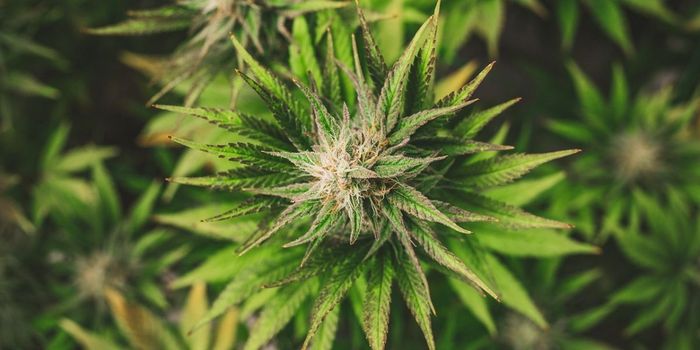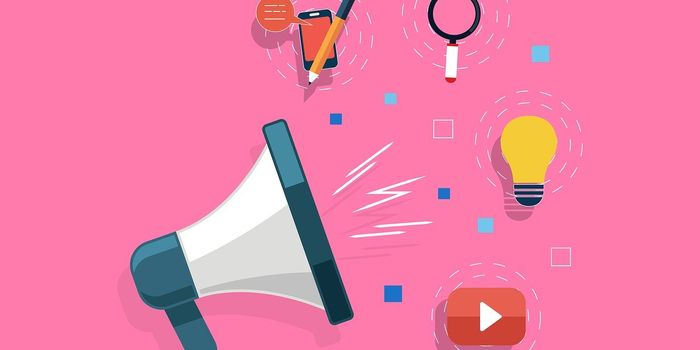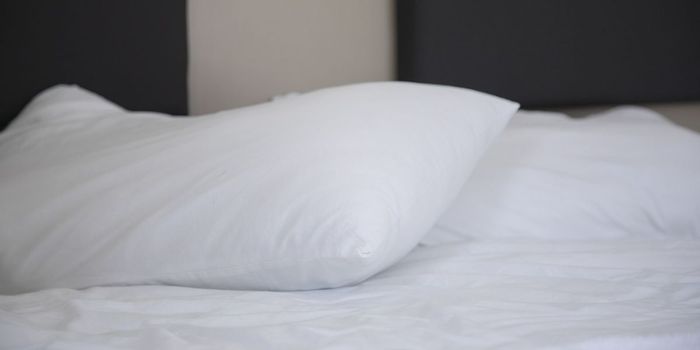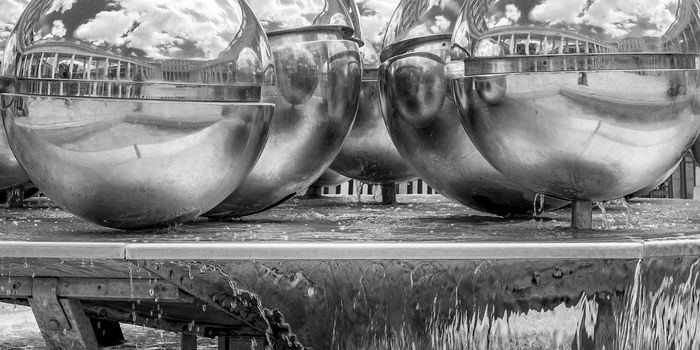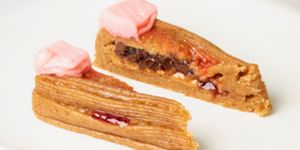Non-Hallucinogenic LSD Could be a Useful Treatment for Mood Disorders
Mood disorders are very common; it's estimated that about 20 percent of adults experience some type of mood disorder during their lifetime. We still have a poor understanding of the biological mechanisms that underlie these issues, however, and they may also have very different causes depending on the problem, and the individual. This has severely impeded our ability to treat mood disorders effectively. In recent years, a variety of hallucinogenic drugs including MDMA and LSD have been shown to have a therapeutic impact on some mental disorders like depression and PTSD.
These hallucinogenic drugs can have a quite a dramatic effect on people, however, and when individuals are given these drugs by medical professionals, they have to be monitored for safety. Scientists have now investigated the potential of non-hallucinogenic LSD as a mood disorder treatment. The work, which was published in Cell Reports, indicated that non-hallucinogenic LSD could enhance positive mood, and also reduce the requirement for supervision when people are using the drug. For example, although psychedelic mushrooms have been decriminalized in the state of Oregon, they can only be legally used while someone is under the care of a state-licensed facilitator. Removing the hallucinogenic aspect of these drugs could make them much safer.
"Since my lab started, we have been working on elucidating the mechanism of action of ketamine as an antidepressant and have a standing interest in identifying new potential treatments for mood disorders," co-lead study author Dr. Argel Aguilar Valles, told Medical Xpress. "In the winter of 2021, I was contacted by BetterLife Pharma to collaborate with them in demonstrating the potential of 2-Br-LSD to increase neuronal plasticity and induce behavior in mice that are relevant for antidepressant therapies."
The researchers wanted to learn more about how the non-hallucinogenic LSD analog 2-Br-LSD, and used high-throughput screening to find its biological targets, as well as those targeted by LSD. LSD can interact with many G-protein coupled receptors, and 30 were screened in this work.
The researchers first determined that 2-Br-LSD did not cause what is known as the head twitch response (HTR) in mice, which is usually seen in mice under the influence of psychedelic drugs, but not non-hallucinogenic analogs.
The study authors found that in mice, 2-Br-LSD activates the 5-HT2A receptor, which is the primary target of psychedelic drugs, but not as much as hallucinogenic LSD. The weak activation triggered by 2-Br-LSD may explain why it does not cause hallucinations in humans or HTR behaviors in mice. There may be enough activation, however, to promote therapeutic effects.
The serotonin receptor 2B (5-HT2B), which is found in the central nervous system and has been associated with heart function, was not activated by 2-Br-LSD either.
"5-HT2B activation can be a problem because over time it can damage the valves in the heart, which is why the anorectic drug fenfluramine was taken off the market," said study co-author Dr. Adam Halberstadt of UCSD. "While LSD acts as a potent 5-HT2B agonist, we found that 2-Br-LSD is not active at 5-HT2B, meaning it may have less potential to produce cardiac side-effects."
In neurons in culture and a mouse model, the researchers assessed the impacts of 2-Br-LSD. In rodents, 2-Br-LSD had effects that are similar to other antidepressants, reversing the impact of chronic stress and promoting stress-coping behaviors, Valles explained.
The study authors suggested that 2-Br-LSD has more specific effects, and is a better mood disorder treatment compared to hallucinogenic LSD. It may also have fewer side effects, such as risks for the heart. It could also be a useful treatment for anxiety.
More research will be needed before people will be able to access 2-Br-LSD, however, including tests to verify its safety and efficacy. The researchers also want to know more about the biological impacts of the drug.
Sources: Medical Xpress, Cell Reports



